What If Aliens Invaded Earth?
Introduction: The Mystery of the Cosmos
For as long as anyone can remember, humanity has gazed at the stars and asked: are we alone? Ancient dreams of alien visitors are grounded by real science. Astronomers know our galaxy holds trillions of stars and planetsscience.nasa.goven.wikipedia.org, and NASA even launched a Habitable Worlds Observatory to search for lifepopularmechanics.com. After all, Earth sits comfortably inside the Sun’s “habitable zone,” the Goldilocks distance where liquid water can persistscience.nasa.gov. Some of our greatest thinkers – including Carl Sagan – have argued that extraterrestrial life is likelyen.wikipedia.org.
And yet the silence out there has been deafening. We have built powerful telescopes and listened with patient hope, but so far “no hint” of a signal has crossed the voidscience.nasa.gov. In the dark expanse, our tiny world felt ever more fragile. Carl Sagan’s words echoed in our minds: the Earth is a “pale blue dot,” a lonely speck in cosmic darkness where “no hint” of help will come from the starsen.wikipedia.org. We cherished our world and wondered what we might say or do if the silence ever broke – if one day, they finally arrived on our doorstep.
First Contact: The Unseen Visitor
Then, suddenly, everything changed. It began innocently enough – a blip on a radio telescope, an odd glow in the night sky – that quickly became undeniable reality. News crews and scientists alike scrambled as clear patterns emerged from the static. Our vigilant skywatchers had detected a signal that was not of Earthly origin. This was humanity’s first handshake with the universe.
Astronomers and officials followed the established protocols (SETI had a plan, after all) to verify the findingpopularmechanics.com. Teams around the globe raced to decode the mysterious transmission. Some in the media celebrated this as the greatest discovery in history. Others, recalling Stephen Hawking’s warnings, bristled with fear – Hawking had compared contact with aliens to humans meeting ants, where the ants are soon wiped outspace.com. Could this signal be a greeting… or a challenge?
Suddenly, all over Earth, people paused. The message was simple and terrifying: it contained coordinated coordinates and images of our cities. It seemed these visitors saw us. Moments later, brilliant shapes broke through the atmosphere. Enormous alien craft glided into view above the oceans and continents. There was no time for debate or denial. The long-asked question was answered: we were no longer alone.
The Invasion Begins: Unleashed Power
When the first alien ships appeared in Earth’s skies, they brought with them a display of power beyond human imagination. Within hours, ghostly vessels drifted silently over major cities. Terrifying energy beams flashed across horizons, vaporizing landmarks and defenses. The capital buildings of great nations crumbled, repulsors melted steel beams, and entire armies found themselves helpless as their most sophisticated weapons were torn apart by shimmering force-fields.
Witnesses on the ground described the scene in awe and horror. The sky turned blood-red with explosions and plasma bursts. People screamed as family and friends were swept away by conflagrations. Even in fortified bunkers, the floor shook with impacts. We had naively believed interstellar travel meant empty space – how wrong we were. NASA had once calculated that Voyager 1 would take 75,000 years to reach our nearest neighbor starntrs.nasa.gov – yet here, aliens had traversed that distance in days or hours. By the laws of physics we knew, it should have been impossible. Yet there they were, breaking the speed limits of space itself.
On Earth, a stunned silence fell just seconds before chaos erupted. Global communications blinked out as satellites were disabled. Power grids were fried by electromagnetic pulses. Humanity faced its worst nightmare not in some distant future, but today. The legendary historian reading about past wars knew: our weapons, for all their might, were like sticks against a dragon. As Stephen Hawking had cautioned, civilizations millennia ahead of us might treat us as we treat bacteria – insignificant and dispensablespace.com. It seemed that grim possibility was now our reality.
Humanity’s Reaction: Panic, Unity, Resistance
Panic swept the planet. In frantic homes and crowded streets, people clutched precious ones close, eyes glued to frantic news broadcasts. Some families loaded cars and fled cities en masse, highways turning into rivers of headlights. Others raced to supermarkets, stocking up on canned food, water and batteries, preparing for a war unlike any other. Fear and confusion reigned. Religious leaders lit candles in empty cathedrals; militia units and neighborhood watch groups armed themselves.
Yet, through the terror, a surprising unity began to emerge. Nations battered by decades of rivalry sent defiant messages on scrambled television: “We stand together,” “We will defend the Earth.” Satellite phones and amateur radios buzzed with plans of international aid convoys and makeshift hospitals. Former enemies collaborated to launch fighters and missiles – though to little effect against the invader’s shields. Even as some governments faltered, people on the ground forged new bonds, sharing resources and information across borders.
Ironically, experts had once warned we’d have no plan for this. The SETI director told the press that no government had prepared for actual contactpopularmechanics.com. And indeed, the U.S. and other superpowers – with their immense defense budgets – were caught flat-footedpopularmechanics.com. In those first desperate days, radio silence was our only answer. A former UFO expert lamented that our so-called “first contact protocols” were scant and science-focused, not meant for warpopularmechanics.com. We had focused on verifying a signal, not surviving an invasion.
As cities burned and great monuments fell, human resilience also shone through. Under rubble and radiation, people fought on. Resistance cells sprang up: pilots volunteered to fly even when the odds were suicidal, engineers frantically retrofitting whatever weapons they could to shoot at the sky, programmers working around the clock to jam alien comms. Militia groups traded their hatred for coordination, defending makeshift fortresses of hope in mountain caves and underground bunkers. It became a war not just of nations, but of all survivors striving together to live another day.
Alien Technology and Strategy: The Unseen Arsenal
The alien arsenal was baffling. They wielded science far beyond our own. Observers cataloged the most fearsome capabilities:
- Warp or Wormhole Propulsion: Their ships crossed light-years in an instant. By human standards, this was pure fantasy. NASA researchers have noted that warp drive remains hypothetical and unprovenntrs.nasa.gov – yet the invaders came at us faster than any theory should allow.
- Energy Weapons: Massive laser-like cannons and plasma bolts tore through skyscrapers. In our world, directed-energy weapons are still mostly experimental, but these aliens used them like artillery. Our ballistic missiles bounced off alien shields as if hitting air, whereas the alien beams left craters miles across in solid rock.
- Gravitic Shields and Cloaking: Their spacecraft were encased in invisible forcefields that repelled our bullets, bombs and even nuclear blasts. Radar and infrared sensors were rendered useless by sophisticated cloaking fields and adaptive camouflage – humans could not even see some of the smaller drones until they were on top of us.
- Autonomous Drones and AI: The sky swarmed with hundreds of insect-like drones that resembled flying shards of metal. These were not piloted: they operated intelligently, dividing and swarming on targets. Each drone could adapt its tactics, coordinate with others via instantaneous communication, and self-repair with nano-machinery. We could only recognize this as a form of advanced artificial intelligence and nanotechnology.
- Bioengineered Weapons: Even our bodies were not safe. Some survivors fell ill with unidentifiable fevers. We recalled that humanity once banned any microbes returning from space – the 1969 Extra-Terrestrial Exposure Law – to avoid exactly this kind of contaminationen.wikipedia.org. It turned out the aliens did not hesitate to use biological or viral weapons, unleashing nanobots or engineered pathogens that spread silently through cities.
Every aspect of their strategy was calculated. They struck military bases first to decapitate resistance, then targeted power plants and food supplies to starve us out. Communications blackouts isolated populations. It was exactly the “planetary conquest” scenario many had theorized about, where a vastly advanced species treats our world as just another resourceen.wikipedia.org. In those terrifying days, Earth became a vast chessboard – and humanity was barely a pawn on a cosmic scale.
The Collapse and Survival: Darkness and Light
Little remained of the world we knew. One by one, great cities fell silent. Once-bustling metropolises became ghost towns filled with rubble and ash. Governments collapsed under the invaders’ assault; armies were reduced to scattered guerrillas. Electricity and internet vanished in most places. For weeks, no airplane ever crossed the sky, no radio station broadcast beyond static.
In the darkness, the human spirit flickered stubbornly. Many survivors retreated to the wilderness. Some hunkered in old cold-war bunkers deep underground, awaiting the end of chemical fallout and hoping help might arrive. Others built impromptu villages in remote valleys or islands, scavenging supplies from ruined towns. Communities rationed every scrap of food and fuel. Doctors worked around the clock to treat the wounded with very little equipment.
Allies once distant, ordinary people became heroes. Schoolteachers led neighborhood watch patrols. Farmers fed a hundred extra mouths. Hackers climbed into abandoned satellites to try to ping other survivors. Through makeshift radios, pockets of resistance around the world began to share rumors and hope. They called it the “Evening of The Stars” – the first night after the invasion – when a clear sky returned and people remembered there were still constellations above to guide them.
Yet it was bleak. Radiation and engineered plagues took many lives. Long-range earthquakes caused by orbital weapons triggered tsunamis. The seas turned toxic with ash. But humanity endured in small enclaves. In a battered world, survival was an act of quiet courage and solidarity. If the aliens had intended to stamp us out, they failed to snuff out our will to live.
Turning the Tide: Against Impossible Odds
Months passed, and from desperation sprouted innovation. Scientists and engineers, both official and amateur, redoubled efforts. Locked away in hidden labs, a ragtag team raced to crack the aliens’ code and find weaknesses.
One breakthrough came when a mathematician realized the alien ships needed constant power to maintain their shields. If that power could be interrupted, even briefly, the shields would flicker. Meanwhile, biochemists discovered that many alien machines were susceptible to Earth’s viruses – ironically, we had seen trillions of years of evolution giving life here specialized immunities that confused the invaders’ organic tech. A microbiologist with a battered lab fashioned a computer-generated virus to target the invaders’ biology, and field operatives began covertly dropping infected samples onto enemy structures.
At the same time, human pilots and their AI copilots developed new tactics. They couldn’t match the alien lasers head-on, so they reverted to cunning: night raids, jamming their communications with improvised quantum algorithms, and even kamikaze drones packed with explosives. Engineers ramshackle-repurposed old satellites into relay stations to coordinate strikes. It felt like every scientist in the world was back at the workbench, working around the clock – reminiscent of wartime superprojects. Indeed, history had shown that desperate times spur great innovationhistory.com, and our researchers achieved a decade’s worth of advance in mere weeks.
The newly allied nations pooled their knowledge. A secret base in the former Swiss Alps became a crucible of hope, where breakthrough after breakthrough forged new weapons. They created a prototype “pulse cannon” to overload the alien comm-links, and a swarm of nano-drones that could slip past shields. In ordinary life these ideas would have been dismissed as science fiction, but now they were humanity’s ammunition.
At last, the first effective counterpunch came. In a coordinated strike, resistance fighters used a hijacked alien drone to breach a mothership’s hull. Inside, they triggered a bio-virus that turned the alien interior systems into our ally. At the signal, Earth’s remaining jets and newly built rocket turrets fired on the chaotically shutting alien engines. With a tremendous blast, the flagship’s engine core went critical. That single victory ignited hope everywhere.
Slowly, the tide turned. Ambushed by our viral-infused drones and blinded by electro-EMP bursts, the alien fleets began to falter. Machines were recast as weapons against their own makers. In the skies, pillboxes replaced cities on our side, with humans on one flank and machines humming along on the other – together, resisting a foreign invasion. Warfare on Earth had changed forever.
The Endgame: Dawn or Dusk?
The final phase of the war was apocalyptic. Once-human terrains became battlefields. Colossal ships littered the sky, burning like new suns as they fell. We launched our last nukes to flush them out of hiding, making night into day. Both sides fought with grim determination.
In a decisive battle above what was once New York, the aliens threw everything into one last gambit. Their command ship shrieked toward Earth, faster and more furious than ever. On the ground, our unified fleet had only one chance: to cripple it before it landed. Guided by the virus that now coursed through the alien network, Earth’s missiles swarmed like vultures. For a tense moment, all weapons locked on the target. Then the skies ignited: the flagship erupted in a vast bloom of green fire, and its silhouette disintegrated. At that instant, an eerie hush fell over the world’s last battle. Broken crafts began to spiral away aimlessly.
When the smoke cleared, it was humanity’s quiet victory. The alien armada, leaderless and damaged, withdrew. We had routed the invaders. Cities lay shattered, but people still walked the streets. Soldiers on the ground saluted the sky in disbelief, then embraced one another. Across continents and cultures, eyes looked upward and saw no more flashing blots in the atmosphere. We had survived the unthinkable.
Yet our triumph was bittersweet. Earth was scarred, billions were lost. We did not celebrate in triumphal parades; instead, we mourned in silence. Each sunrise over the ruined skyline was a solemn reminder of the price paid. The conflict had been won, but the cost had been the near end of everything we held dear.
Philosophical Reflection: Lessons in Light and Shadow
After the war, survivors gathered to make sense of what had happened. It was impossible not to be changed. Children who were born in darkness grew up knowing that other beings existed beyond our skies. Adults who once argued over borders now rebuilt homes together. The old petty hatreds seemed so small in comparison to the ordeal we had endured.
We learned humility. In facing a force that saw us as insects, we understood how fragile we had become – not just our bodies, but our pride. Scientists and philosophers spoke of Sagan’s cautionary insight: our planet had indeed been “a lonely speck” in cosmic dark, and there had been no help from the heavensen.wikipedia.org. We had been on our own, as the Earth is the only world we know of that harbors lifeen.wikipedia.org. During the darkest times, those words reminded us why this tiny world – the Pale Blue Dot – had to matter more than anythingen.wikipedia.org.
We also gained perspective on humanity itself. Watching entire civilizations unite for survival showed that compassion endures even in despair. Many survivors remarked that our children had taught the greatest lesson: that what we hold in common – life, love, hope – mattered more than any creed or nation. People realized how irrational our conflicts had often been. Now, rebuilding, we vowed to honor that lesson.
At the same time, we could not forget the darkness we had seen. Societies debated how to prepare for the future. Would we again reach out into space, knowing what dangers might lurk? Or would we find comfort in this victory and fear what we could not yet control? Philosophers weighed in: one professor noted that our brush with extermination had made us keenly aware of our responsibilities. Astronomy was, after all, a humbling and character-building experienceen.wikipedia.org. Perhaps we would treat each other more kindly now, as Sagan had urged, cherishing the fragility of our homeen.wikipedia.org.
Ultimately, humanity emerged changed but intact. We rediscovered our sense of wonder, having looked into the abyss and lived to tell about it. Children in the years that followed grew up staring at stars, some with hope to rebuild interstellar travel, others with humble gratitude for Earth. Across cultures, people wrote new stories and music inspired by the encounter, blending fear with awe. We contemplated the cosmos in a way we never could before. Even as we feared another threat, we embraced the mystery, having faced it once already.
Epilogue: A Quiet Closing
Years later, on a cool evening in the recovering world, the sky gleamed with starlight. The air smelled of rain and flowers reborn in abandoned parks. A child sat on a cracked sidewalk with an old astronomy book in hand. Beside her, an aged survivor recounted the tale of that “Evening of The Stars,” pointing to constellations that had witnessed it all. He spoke gently, voice calm, telling of how we stood together when darkness came. The girl listened wide-eyed but unafraid; by now the phrase “aliens above” was a bedtime story, not a nightmare.
As night settled fully, they fell silent. Above, a familiar patch of sky – no longer ominous, but still full of mysteries – stretched in quiet majesty. For a moment, humanity was just one world, huddled under cosmic dust and light. The wounds of war would take generations to heal, but the people believed they would heal. Survivors like the old man stood tall. Humanity had faced annihilation and, through courage and compassion, had endured.
In the hush, Earth’s green and blue orb seemed to glow softly in their sky-watch. It was just as fragile, and just as precious, as Carl Sagan had always reminded us. And as before, it would remain our only home – a lonely speck that we had fought to protect.
Sources: Real-world astrophysics and protocols informed this tale. For example, NASA notes that Earth lies in the Sun’s habitable zonescience.nasa.gov, and scientists like Carl Sagan and Stephen Hawking have long speculated on alien lifeen.wikipedia.orgspace.com. First-contact protocols are mostly theoreticalpopularmechanics.compopularmechanics.com, and even modern defense agencies are unprepared for extraterrestrial visitorspopularmechanics.com. The story’s speculative elements (warp drives, bio-weapons, etc.) draw on advanced scientific ideas and historical precedents. For instance, wartime crises have historically led to rapid innovationhistory.com, and experts have warned that an advanced alien race might treat humanity as antsspace.com. These references ground the narrative in current understanding as it grapples with this ultimate “what-if” scenario.
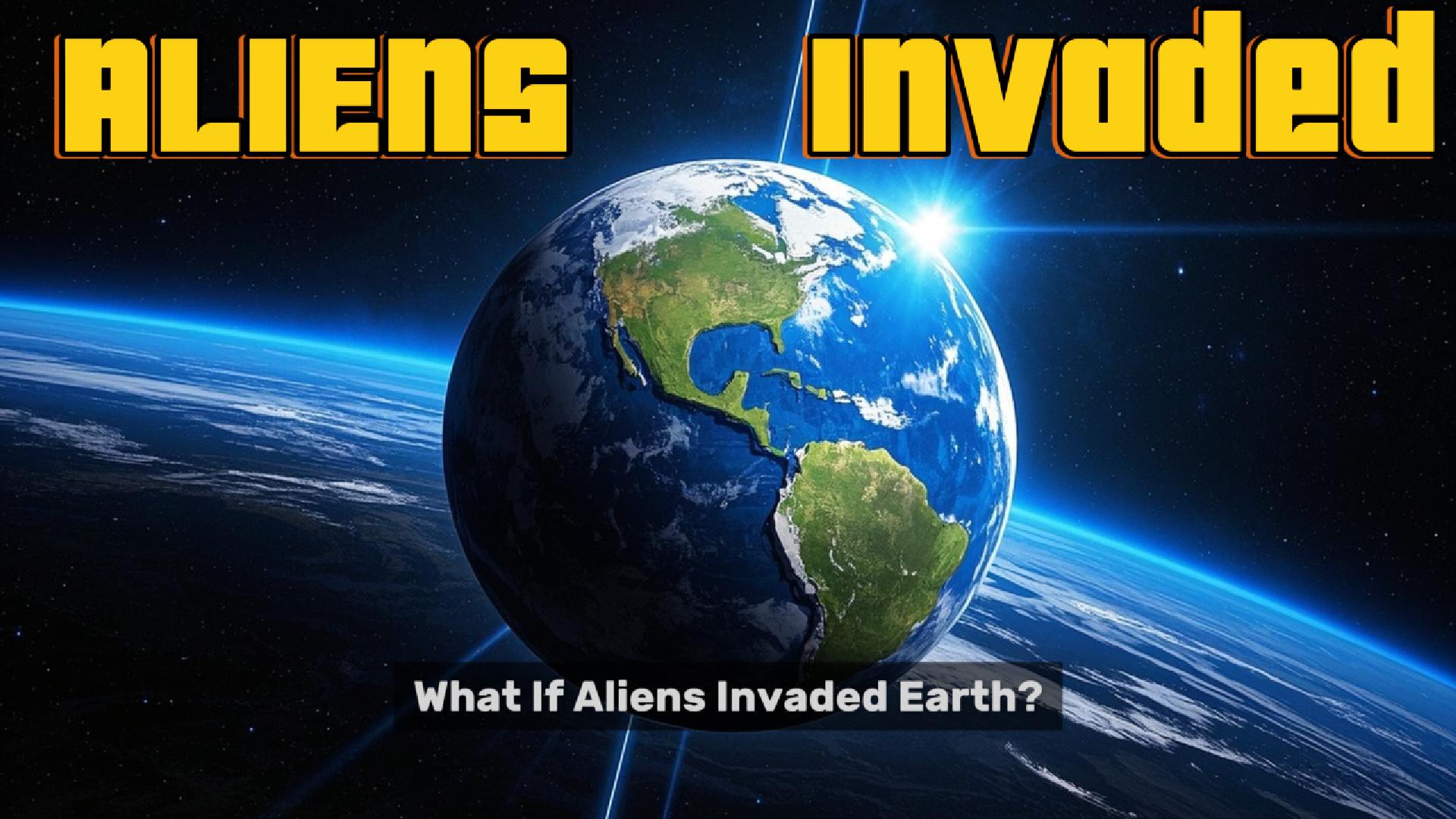
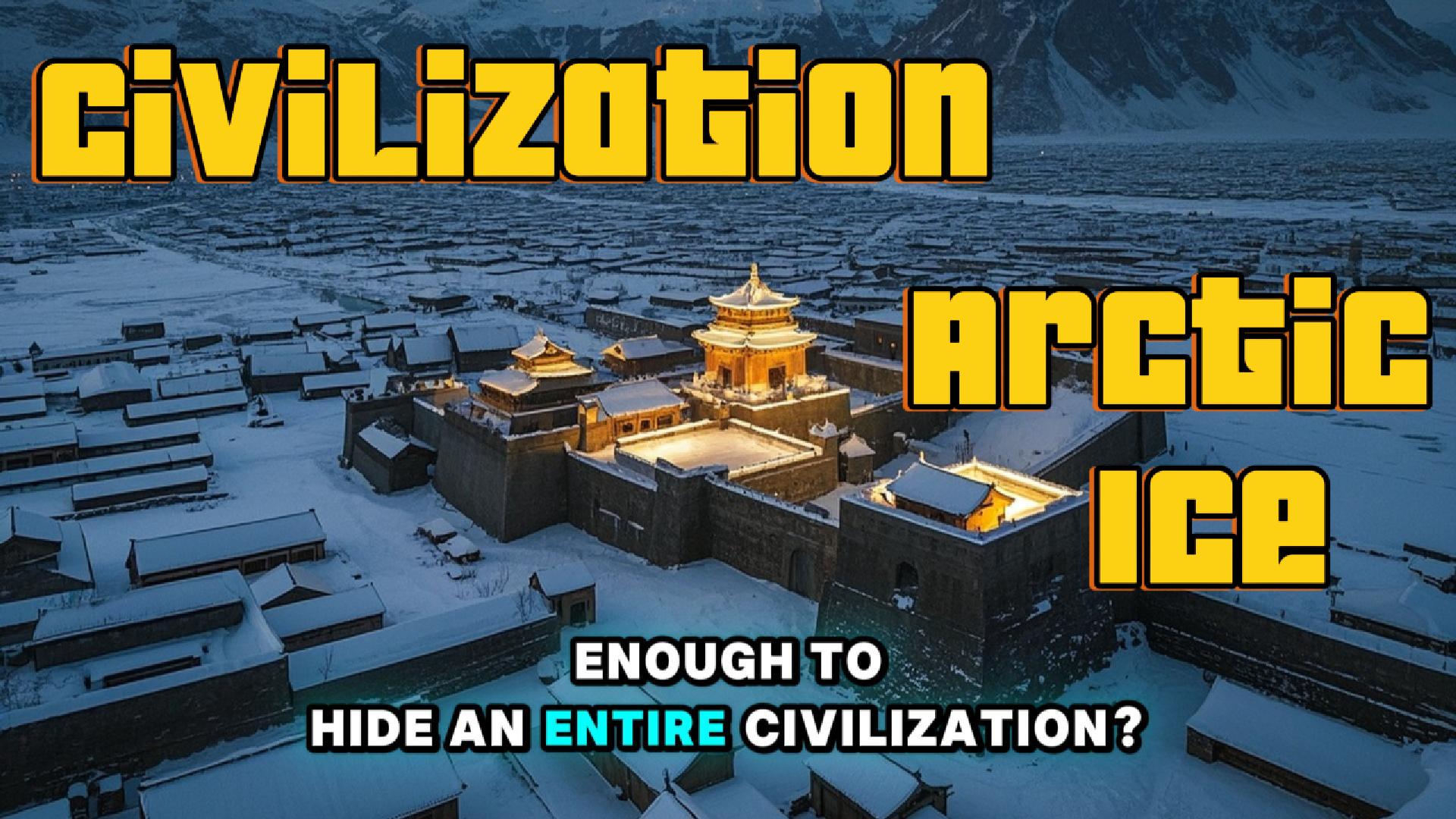
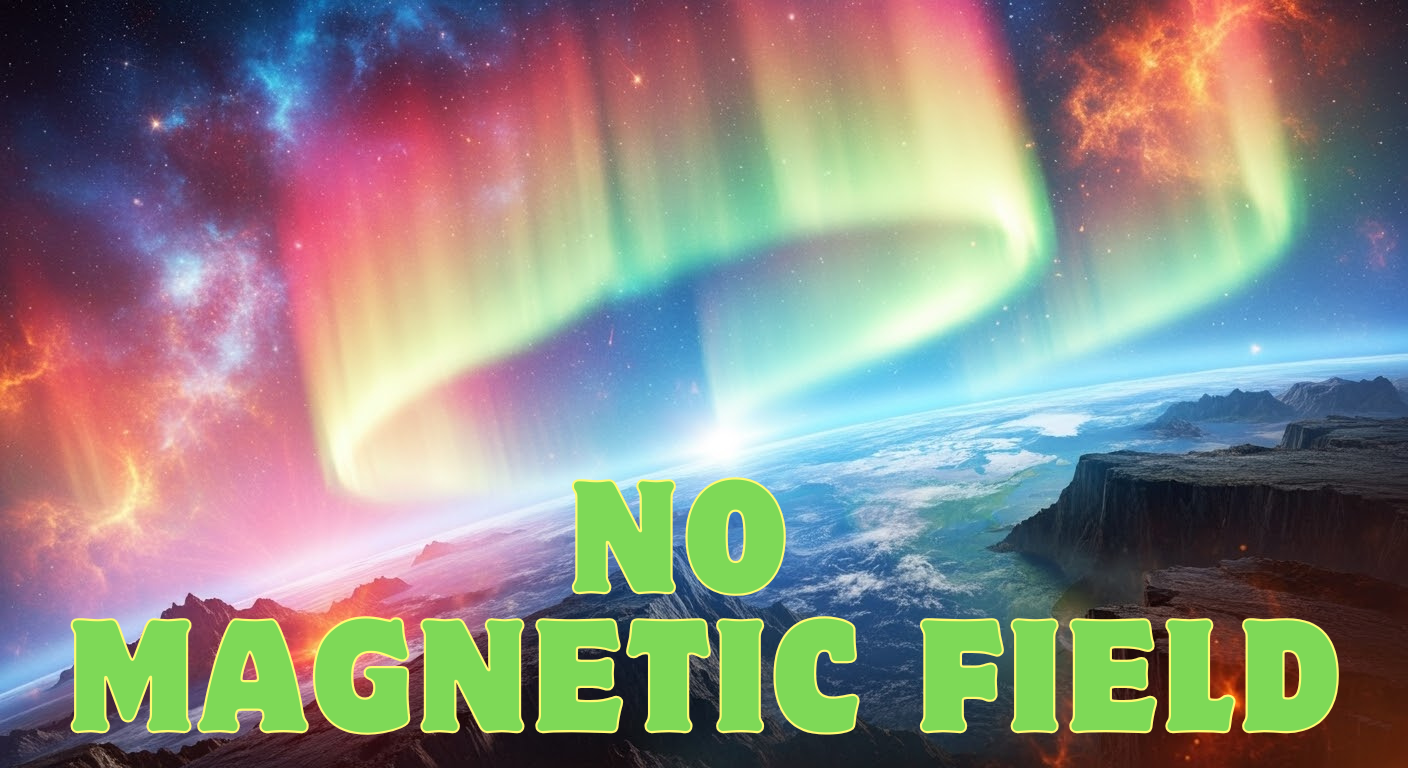
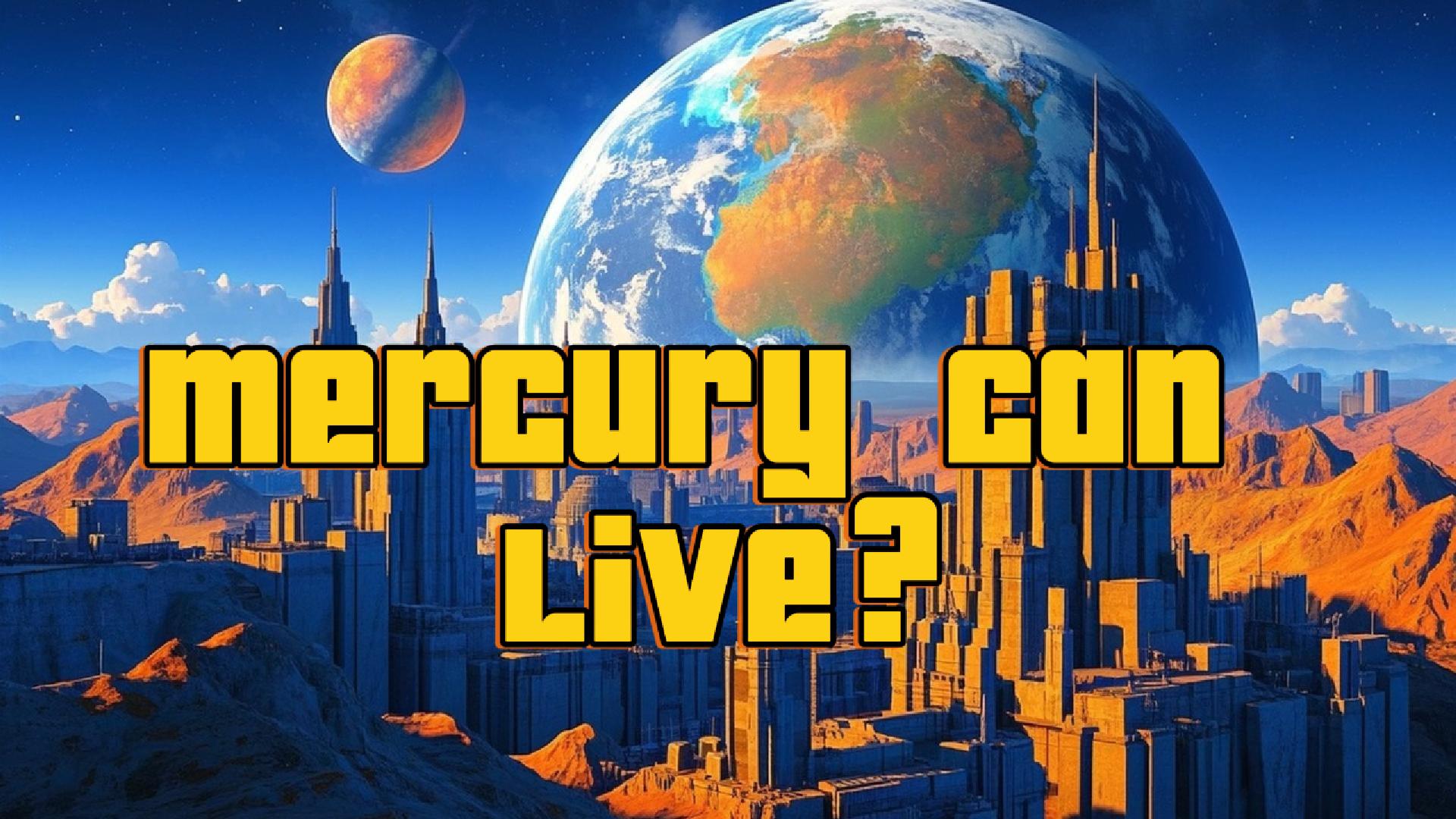
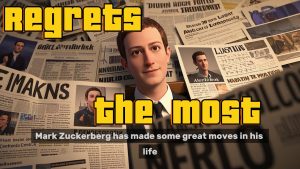


Post Comment